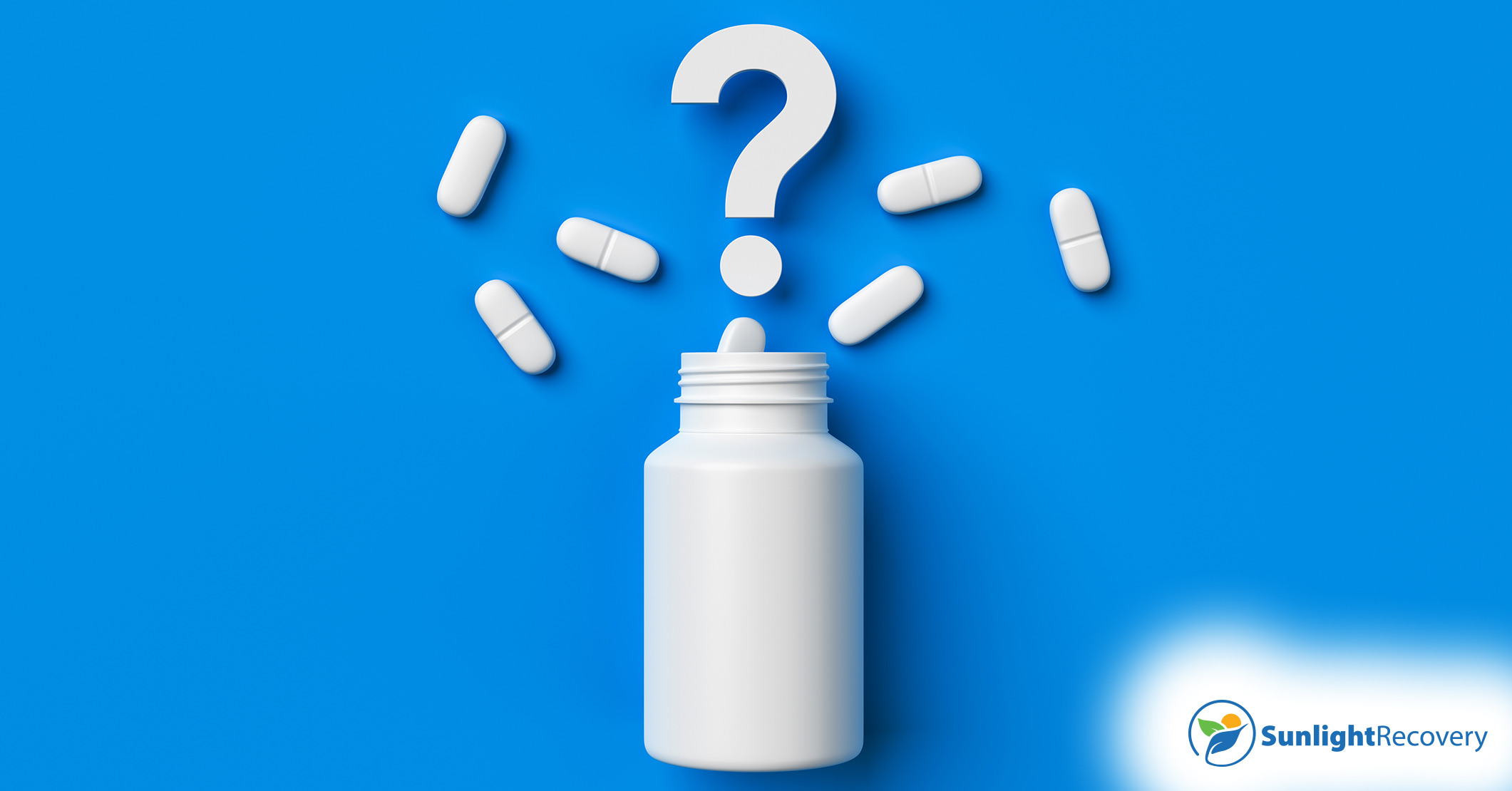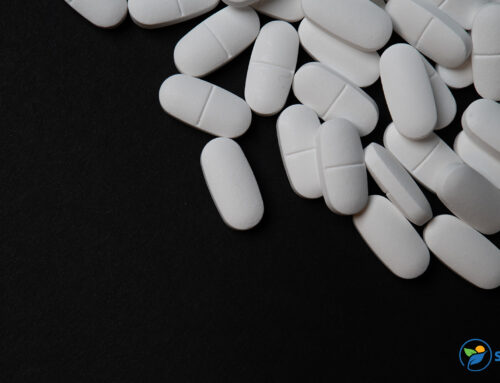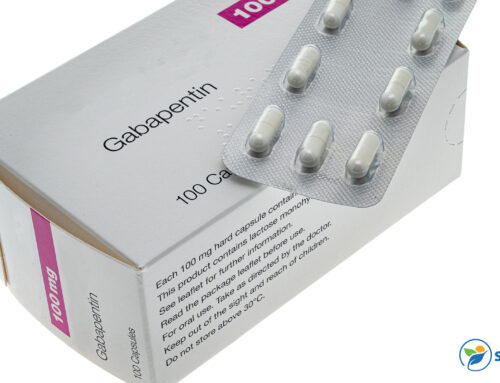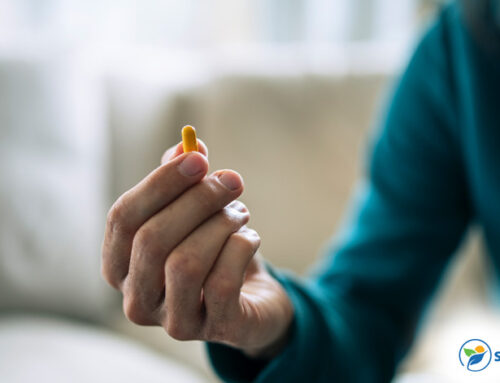Penicillin was discovered in 1929, and it revolutionized health care. Infections that used to be deadly could be treated easily. This was the first antibiotic, but not the last, and each new antibiotic developed has helped save countless lives. However, like all medications, antibiotics aren’t without risks. If you’re taking any other substances, drug interactions are something to consider before taking a course of antibiotics.
Drug Interactions: The Importance of Considering Medication Combinations
Drug interactions are when two or more drugs combine in the body, causing different effects. Medications can also interact with food and beverages, such as alcohol. There are generally three categories of problems caused by drug interactions:
- The effectiveness is lessened: One or both drugs are unable to do their job.
- The action is increased: The effect of one or both drugs is heightened, possibly causing uncomfortable or dangerous effects.
- It causes side effects: There’s an increased risk of experiencing side effects, and they may be more severe.
With antibiotic interactions, an increase in the action of the drug is less common. However, the other two issues can be a big concern.
Understanding Antibiotics: How They Work and Their Potential Interactions
Antibiotics are medications that fight bacterial infections. They work in one of two ways: destroying a part of the bacteria that it needs to survive or preventing growth by stopping their ability to multiply. While antibiotics help you feel better and can save your life, it’s important to remember that they only work on bacterial infections. Viruses, such as colds, the flu and COVID-19, can’t be treated with antibiotics.
There are many different types of antibiotics that work against different bacteria. The wide variety of these medications means it’s hard to generalize what drugs will impact antibiotics. However, some medication types to watch out for include anticoagulants, anticonvulsants and antidiabetic drugs.
Alcohol and antibiotics are also a poor combination. Alcohol inhibits the immune system, making antibiotics less effective, and can also worsen side effects such as dizziness and nausea.
Common Risks: Potential Consequences of Mixing Antibiotics With Other Medications
A lessening of the effectiveness of antibiotics can be serious. If the bad bacteria aren’t killed properly due to interactions, the infection may linger or return. Some antibiotics can also lessen the effectiveness of some drugs, including contraceptives.
Can you drink on antibiotics? The recommendation is that you don’t. Some antibiotics have very unpleasant side effects when taken with alcohol, including:
- Nausea and vomiting
- Stomach pain
- Hot flushes
- Irregular heartbeat
- Headaches
- Dizziness
- Drowsiness
Although most side effects are temporary, the combination of alcohol and antibiotics can cause ongoing liver problems in rare cases. Alcohol and narcotics, especially cocaine, can lower your body’s immune response. This means it’s not as good at fighting off infections, even with antibiotics. If you’re prescribed antibiotics, it’s best not to take recreational drugs until your illness has gone.
Consultation With Health Care Professionals: The Role of Doctors and Pharmacists
Your doctor and pharmacist can guide you when it comes to drug interactions. If you’re taking another medication, they can choose a different type of antibiotic that’s still effective but won’t interact poorly. That’s why it’s essential to tell your doctor about anything you take regularly. This includes prescription and over-the-counter medications, alcohol, recreational drugs and even supplements like vitamins.
The Food & Drug Administration (FDA) has a series of questions it recommends you ask your doctor if you’re taking more than one medication. They include:
- Can I take it with other drugs?
- Should I avoid certain foods, beverages or other products?
- What are possible drug interaction signs I should know about?
Your pharmacist also understands drug interactions and can give you advice if you’re concerned. Always read the patient information booklet before you start taking the medication. If it’s not included, it can often be found through an online search. Your pharmacist can also provide it to you.
If you’re a regular drinker, you should ask in-depth questions about how the antibiotic will interact with alcohol. Ask if alcohol will make it less effective, if there are possible side effects and if you need to be concerned about liver damage. Finally, ensure you know when it’s safe to start drinking again. This way, you can make informed choices about drinking while taking antibiotics.
Best Practices: Ensuring Safety and Effectiveness When Taking Antibiotics and Other Medications
Your doctor isn’t able to keep you safe if they don’t have all the information. Tell them what else you’re taking, including other medications, vitamins, supplements, alcohol and recreational drugs. This is especially important if you see specialists for different conditions. If you only have one doctor, they likely have a list of all your medications, but this may not be the case if you have multiple doctors.
If you often take over-the-counter medications, it’s important to mention them. Some over-the-counter antacids and anti-diarrhea medication can stop antibiotics from being absorbed. Painkillers such as ibuprofen, aspirin and Tylenol are generally safe, but your doctor is the best person to assess your unique mix of drugs and medical conditions.
As antibiotics are often prescribed for specific diseases, it’s essential that you don’t take someone else’s antibiotics. Getting the correct antibiotic for your infection means it will be effective and you can get accurate information about possible interactions.
Antibiotic resistance is a growing issue around the world. This is where bacteria evolve new properties that protect them from antibiotics. Essentially, humans lose an effective weapon in the fight against that particular type of disease. The World Health Organization reports that some resistant infections, including gonorrhea and salmonella, increased 15% from 2017 to 2022. According to the CDC, there are more than 2.8 million antibiotic-resistant infections each year in America.
Taking steps to avoid antibiotic resistance ensures that these drugs remain effective for everyone in the future. Always follow your doctor’s directions regarding your antibiotics. Finish the whole course to ensure the infection is thoroughly eliminated, and never save antibiotics for a later date.
A course of antibiotics can make you think about other drugs you’re taking. If you’re concerned about your prescription or nonprescription drug use, Sunlight Recovery is here to help. Contact us today to arrange a consultation with experts who can help you on your road to recovery.






